18 Connecticut School Districts Named to Advanced Placement Honor Roll
/
Eighteen Connecticut school districts have been named to The College Board’s 4th Annual AP District Honor Roll — a list of 477 districts across the U.S. and Canada being honored for increasing access to AP (Advanced Placement) course work while simultaneously maintaining or increasing the percentage of students earning scores of 3 or higher on AP Exams.
Reaching these goals indicates that these districts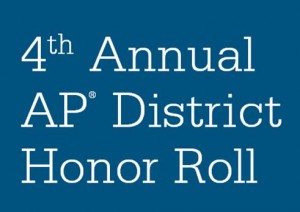 are successfully identifying motivated, academically prepared students who are likely to benefit from rigorous AP course work, according to The College Board.
are successfully identifying motivated, academically prepared students who are likely to benefit from rigorous AP course work, according to The College Board.
The Connecticut school districts include public schools in Berlin, Brookfield, Cheshire, Clinton, East Hampton, Ellington, Enfield, Fairfield, Greenwich, Killingly, Monroe, Newtown, Southington and Wallingford, as well as Regional School Districts 8 (Hebron, Andover, Marlborough), 14 and 18 and the Diocese of Bridgeport.
Most of the districts had received similar recognition in previous years; new to the list are Wallingford, Regional Districts 14 (Woodbury and Bethlehem) and 18 (Lyme and East Lyme), Killingly, Greenwich, Clinton, Fairfield and Enfield and the Diocese of Bridgeport. A year ago, there were 26 Connecticut school districts recognized on the AP District Honor Roll.
AP is a rigorous academic program that offers more than 30 courses in a wide range of subjects and college-level assessments developed and scored by college and university faculty members and experienced AP teachers. According to the College Board, a score of 3 or higher on an AP exam represents the score point that is predictive of college success and college graduation. The AP courses offered various by school d istrict, but often include biology, chemistry, physics, Spanish, U.S. history, English literature, and calculus.
istrict, but often include biology, chemistry, physics, Spanish, U.S. history, English literature, and calculus.
Helping more students learn at a higher level and earn higher AP scores is an objective of all members of the AP community, from AP teachers to district and school administrators to college professors, officials at The College Board point out. They noted that many districts are experimenting with a variety of initiatives and strategies to determine how to simultaneously expand access and improve student performance.
Inclusion on the 4th Annual AP District Honor Roll is based on the examination of three years of AP data, from 2011 to 2013, for the following criteria.
- Increased participation/access to AP by at least 4 percent in large districts, at least 6 percent in medium districts, and at least 11 percent in small districts;
- Increased or maintained the percentage of exams taken by African American, Hispanic/Latino, and American Indian/Alaska Native students, and;
- Improved performance levels when comparing the percentage of students in 2013 scoring a 3 or higher to those in 2011, unless the district has already attained a performance level at which more than 70 percent of its AP students are scoring a 3 or higher.
In 2013, more than 3,300 colleges and universities around the world received AP scores for college credit, advanced placement and/or consideration in the admission process, with many colleges and universities in the United States offering credit in one or more subjects for qualifying AP scores.
Regional School District 14’s Superintendent, Jody Ian Goeler said, “It is wonderful to see so many of our High School students challenging themselves to take and succeed in our most rigorous courses. It is a strong indication our Board of Education’s advocacy for these programs is well placed and providing excellent opportunities and results for our students.”
Greenwich High School Principal Chris Winters recently commented that “Our participation in AP classes is at a 10-year high, and the average score has remained unchanged and at very high levels. For the first time, over 50 percent of Greenwich High School have passed at least one AP exam during their four years.”
Nationwide data from 2013 show that among African American, Hispanic, and Native American students with a high degree of readiness for AP, only about half of students are participating. These 477 districts, The College Board indicated, are committed to expanding the availability of AP courses among prepared and motivated students of all backgrounds.


 ervices and treatments, and provide much needed education to those impacted by mental illness.
ervices and treatments, and provide much needed education to those impacted by mental illness.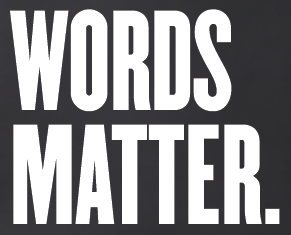
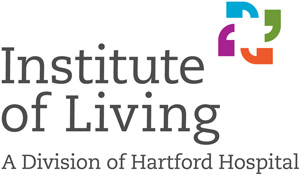 may be a lifelong condition, like diabetes. “However, as with diabetes, proper treatment enables many people with a mental illness to lead fulfilling and productive lives. By helping combat the stigma associated with mental illness, we can help increase the number of people that seek treatment.”
may be a lifelong condition, like diabetes. “However, as with diabetes, proper treatment enables many people with a mental illness to lead fulfilling and productive lives. By helping combat the stigma associated with mental illness, we can help increase the number of people that seek treatment.”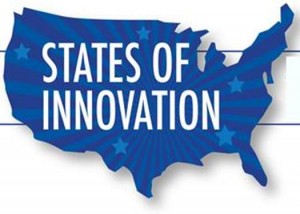
 11. Virginia
12. Texas
13. Utah
14. Arizona
15. North Carolina
16. Illinois
17. Pennsylvania
18. Kansas
19. New Hampshire
20. D.C.
11. Virginia
12. Texas
13. Utah
14. Arizona
15. North Carolina
16. Illinois
17. Pennsylvania
18. Kansas
19. New Hampshire
20. D.C.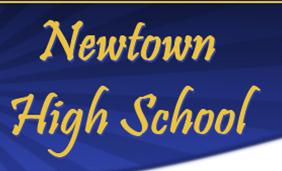 ne-minute educational video
ne-minute educational video produced in the opening weeks of school, just prior to the mid-September entry deadline.
produced in the opening weeks of school, just prior to the mid-September entry deadline.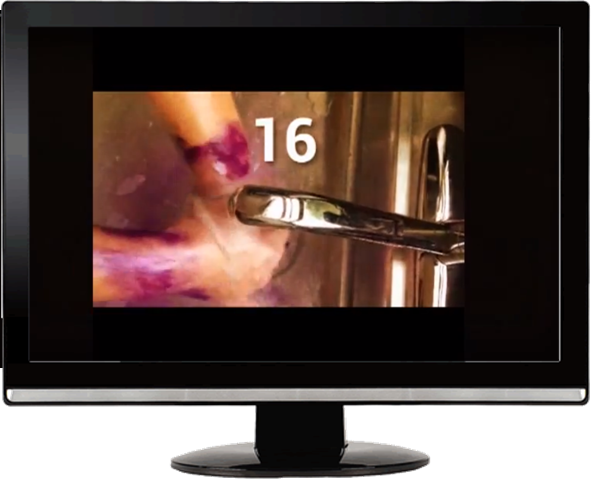
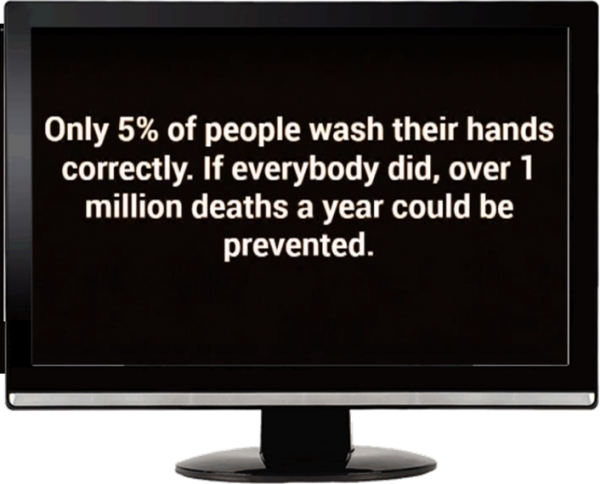
 ation for Traffic Safety indicates that high school-aged teens report using their phones or texting while driving substantially less often than adults do. The AAA survey found that adult drivers ages 25-39 were the most likely to admit engaging in these risky behaviors behind the wheel.
ation for Traffic Safety indicates that high school-aged teens report using their phones or texting while driving substantially less often than adults do. The AAA survey found that adult drivers ages 25-39 were the most likely to admit engaging in these risky behaviors behind the wheel.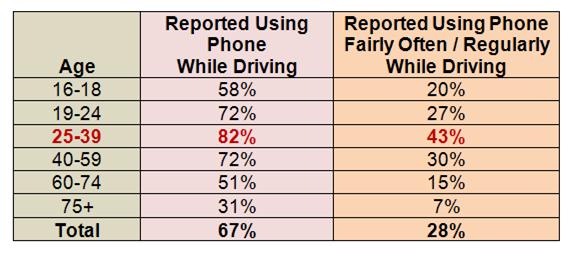
 of electronic devices in vehicles.
of electronic devices in vehicles.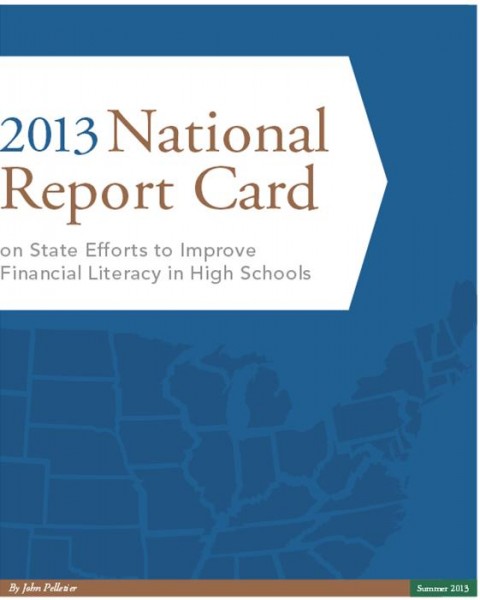
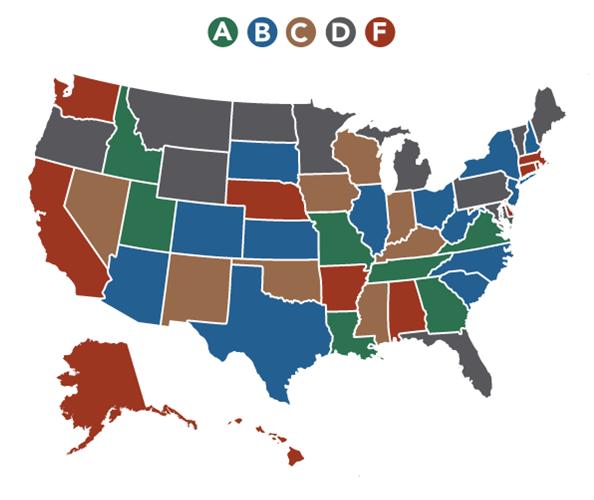 Overall, 60 percent of states received a C, D or F while 40 percent of states received an A or B grade. Among those at the head of the class, receiving an A, were Georgia, Idaho, Louisiana, Missouri, Tennessee, Utah and Virginia. Four of those states – Virginia, Utah, Tennessee and Missouri – require a one-semester standalone course in personal finance as a graduation requirement.
Overall, 60 percent of states received a C, D or F while 40 percent of states received an A or B grade. Among those at the head of the class, receiving an A, were Georgia, Idaho, Louisiana, Missouri, Tennessee, Utah and Virginia. Four of those states – Virginia, Utah, Tennessee and Missouri – require a one-semester standalone course in personal finance as a graduation requirement.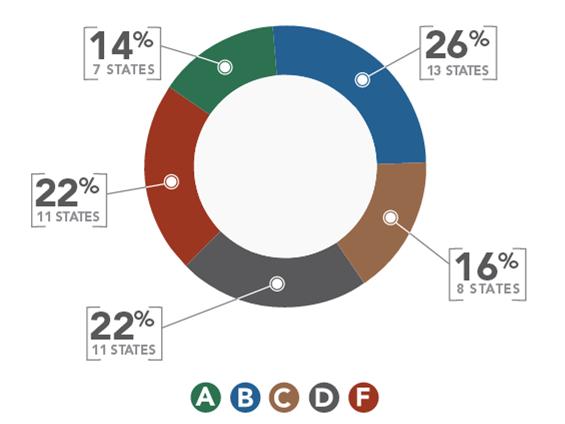

 ich Time
ich Time they immediately got involved. School administrators in Manchester last month suspended four Manchester High School students suspected of creating and posting degrading descriptions of female students,
they immediately got involved. School administrators in Manchester last month suspended four Manchester High School students suspected of creating and posting degrading descriptions of female students, 
 At each tour stop, the LEGO KidsFest partners with national and local organizations and businesses whose products, services and promotional efforts are kid-friendly and beneficial to attendees. Next year, the tour will again run in seven cities:
At each tour stop, the LEGO KidsFest partners with national and local organizations and businesses whose products, services and promotional efforts are kid-friendly and beneficial to attendees. Next year, the tour will again run in seven cities: 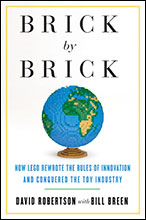 ades, outlines the company’s trials, tribulations (including near-bankruptcy in 2003), innovations and success, observing that “The LEGO Group’s leaders believe that to discover the next big growth opportunity, the company must adhere to a fundamental truth about innovation: the more experiments you launch, the more likely it is that one will strike gold.” KIdsFest is but one example.
ades, outlines the company’s trials, tribulations (including near-bankruptcy in 2003), innovations and success, observing that “The LEGO Group’s leaders believe that to discover the next big growth opportunity, the company must adhere to a fundamental truth about innovation: the more experiments you launch, the more likely it is that one will strike gold.” KIdsFest is but one example. Last month, it was
Last month, it was 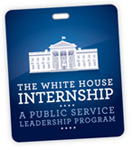 . Those attending school in the state: are Wesleyan student Samantha Jacobson of Needham, MA, Yale undergraduates Gabriel Perlman of New York, Reid Magdanz of Alaska and Jon Morgan of South Africa, and Yale Law School student Giselle Barcia of Miami, FL, Business New Haven reported.
. Those attending school in the state: are Wesleyan student Samantha Jacobson of Needham, MA, Yale undergraduates Gabriel Perlman of New York, Reid Magdanz of Alaska and Jon Morgan of South Africa, and Yale Law School student Giselle Barcia of Miami, FL, Business New Haven reported.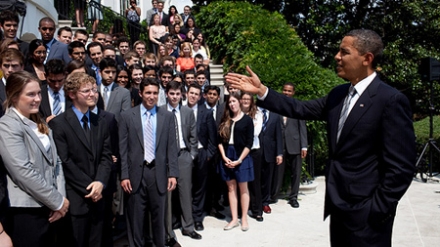 nternship experience includes an emphasis on service and interns participate in regularly scheduled service projects at schools and non-profit organizations in Washington, D.C.
nternship experience includes an emphasis on service and interns participate in regularly scheduled service projects at schools and non-profit organizations in Washington, D.C. Internship Program is now open. The deadline is January 4, 2014.
Internship Program is now open. The deadline is January 4, 2014. t the program focus on learning about one’s own leadership personality, participatory decision- making, effective group dynamics and leadership practices, including change leadership. The field experiences allow participants to meet the area’s key players and organizations, better understand the region’s assets and challenges, and gain a greater understanding of creative problem solving while leveraging limited resources.
t the program focus on learning about one’s own leadership personality, participatory decision- making, effective group dynamics and leadership practices, including change leadership. The field experiences allow participants to meet the area’s key players and organizations, better understand the region’s assets and challenges, and gain a greater understanding of creative problem solving while leveraging limited resources.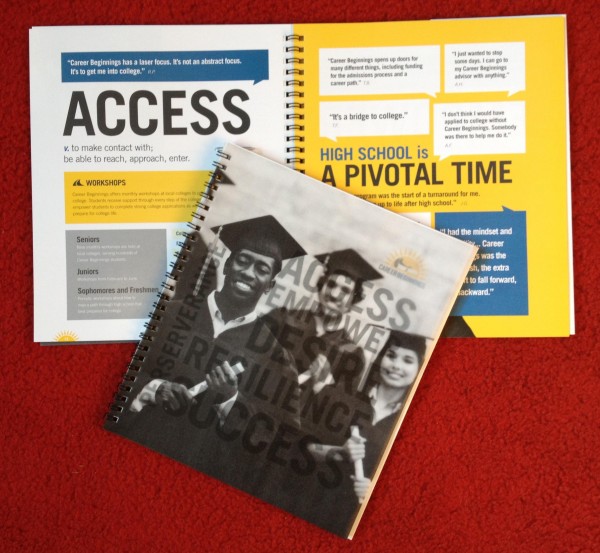 Consortium for Higher Education (HCHE) to create a media device that would tell the story of the Career Beginnings program, which connects Hartford-area high schools, businesses, volunteers/mentors and parents in a coordinated effort to increase the percentage of Hartford teenagers who graduate from high school, pursue higher education and fulfill career goals.
Consortium for Higher Education (HCHE) to create a media device that would tell the story of the Career Beginnings program, which connects Hartford-area high schools, businesses, volunteers/mentors and parents in a coordinated effort to increase the percentage of Hartford teenagers who graduate from high school, pursue higher education and fulfill career goals.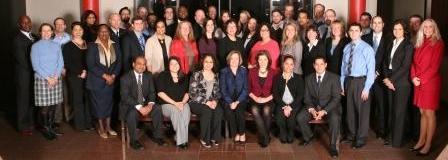 ).
).


























